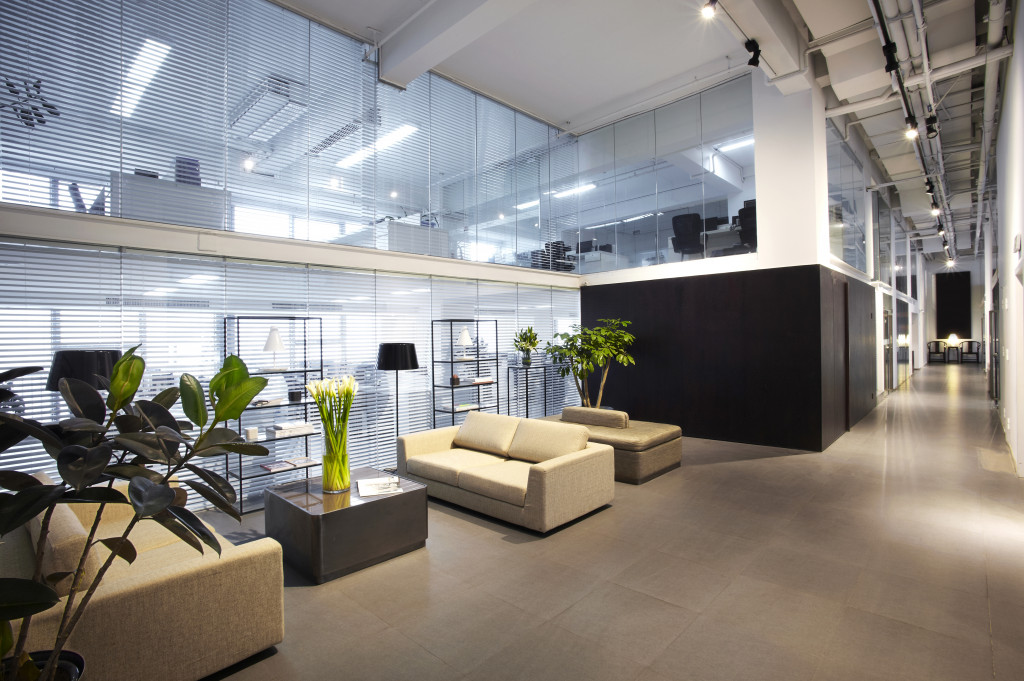As more individuals become aware of the need to preserve the environment, eco-friendly initiatives are gaining pace. You may use your green ideas to create a healthy and environmentally friendly workplace that is sustainable and productive. Innovative measures may not only help to preserve the environment, but they can also help you save money on your running costs.
You may be surprised to learn that setting up a green workplace is not quite as difficult as you would imagine. Whether you take one tiny step or complete all the things here, you will reap the advantages of knowing that you have a more environmentally friendly workplace that is less harmful to the environment.
Go Green with the Office Supplies
Instead of conventional office supplies, consider eco-friendly alternatives. From disposable sticky notes and regular printer paper to commercial paper towels and Kleenex, use recycled paper. Choose biodegradable coffee and water cups and 100% recyclable binders that do not contain harmful plastic.
You may also make your office supplies greener by recycling what you already have. Encourage workers to return discarded file folders to the supply closet so that others may reuse them. Remove used pages from notebooks and notepads that are no longer required. When you stretch things farther, you save money and the environment.
Cut Down Printing
Many papers no longer need printing in the digital workplace. Reduce the printing of documents. Instead, use a virtual bulletin board, email notes, and the cloud for document sharing. Consider using software to evaluate your print usage, provide recommendations for reducing down, and provide better solutions whenever you request a print job. However, if the user chooses to print, the program will route the project to the most diminutive cost printer in the workplace.
Know When to Downsize
Being productive and successful in your field doesn’t need ample office space or expensive equipment and supplies. If you have vacant offices, underused conference rooms, or large lobbies and open spaces that are underutilized, you may be able to reduce your expenses and carbon footprint by downsizing.
More energy and maintenance savings in smaller workplaces If any of your employees telecommute, you may be better off avoiding a physical office entirely if you have the resources. Shared workspaces like WeWork enable freelancers and entrepreneurs to rent their desks or office, maximizing space and resources.

Education Is the Way to Go
Many green initiatives center on the actions of workers. Implement an office training program that teaches your workers how to operate in an environmentally responsible manner. This training will educate them about conscious paper usage and how to avoid energy drains from office products.
If your workplace has a recycling program, make sure you educate your workers on utilizing it properly. Look into keeping your office clean, as well as making sure you have the proper container for garbage. Consider a waste bin rental for an eco-friendly way of containing and segregating trash.
Encourage people to carpool, walk, or bike to work. Collaborate with local transportation providers to give cheap bus tickets to encourage your workers to utilize public transit more often. While a conscientious office manager may assist a workplace in becoming more environmentally friendly, the task falls on employee execution. You may optimize the benefits of your green workplace if your office personnel utilizes the programs and installations that are accessible to them.
Give Your HVAC System a Break
How frequently do you reprogram the thermostat? Reprogramming is recommended twice a year in most regions. Keep the workplace slightly warmer throughout the day to save electricity. After-hours, when the building is vacant, raise the thermostat. Ceiling or desk fans provide natural cooling in inhabited spaces.
Keep in mind that fans are excellent for individuals who can feel the air on their skin. Fans do not cool. If you have an empty building, lower the thermostat in the colder months. Schedule a furnace and air conditioner tuneup in the autumn and spring. This tuneup will keep your HVAC system running efficiently. Once every one to three months, have your office manager or maintenance team replace the HVAC filter.
Conserve Energy
Lighting is the one you would hardly consider much in the workplace, but it has a significant effect. If your workplace has big windows, try turning off the lights throughout the day. Although your lighting is usually on by default, you may be able to turn it off throughout the day.
You may also convert ceiling lights to task lighting to avoid illuminating unneeded areas. Motion-activated lighting is ideal for corridors, bathrooms, break rooms, and other seldom-used spaces. Compact fluorescent bulbs (CFLs) and LED lights are the most eco-friendly options for workplace lighting. Check your bulbs and replace them as needed to make your workplace more eco-friendly.
Creating a sustainable workplace will reduce the negative effect your company has on the environment. You may post information about your environmentally friendly workplace initiatives on your company’s website and include them in your strategic plan or marketing programs. A greener company has advantages for all parties involved.

